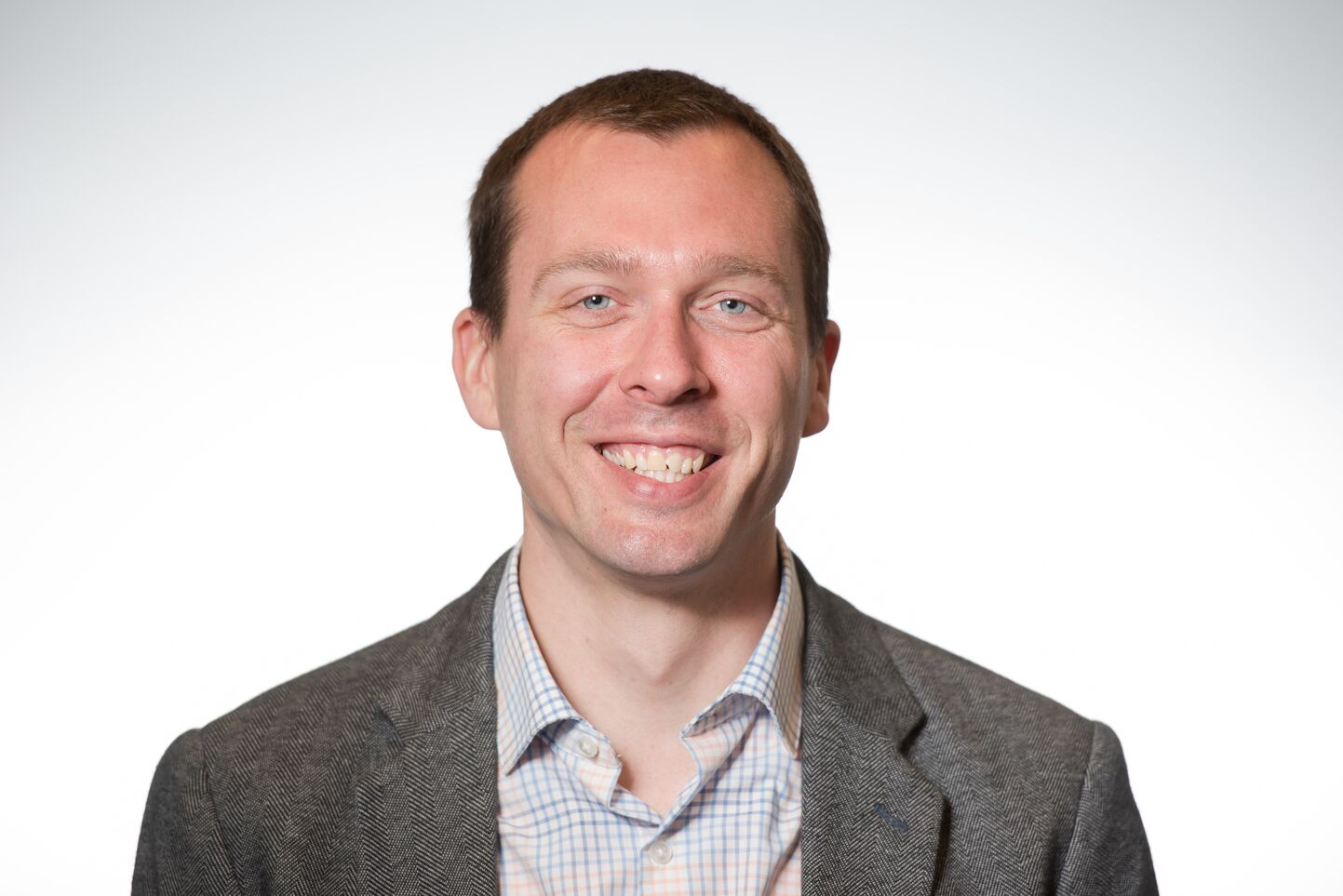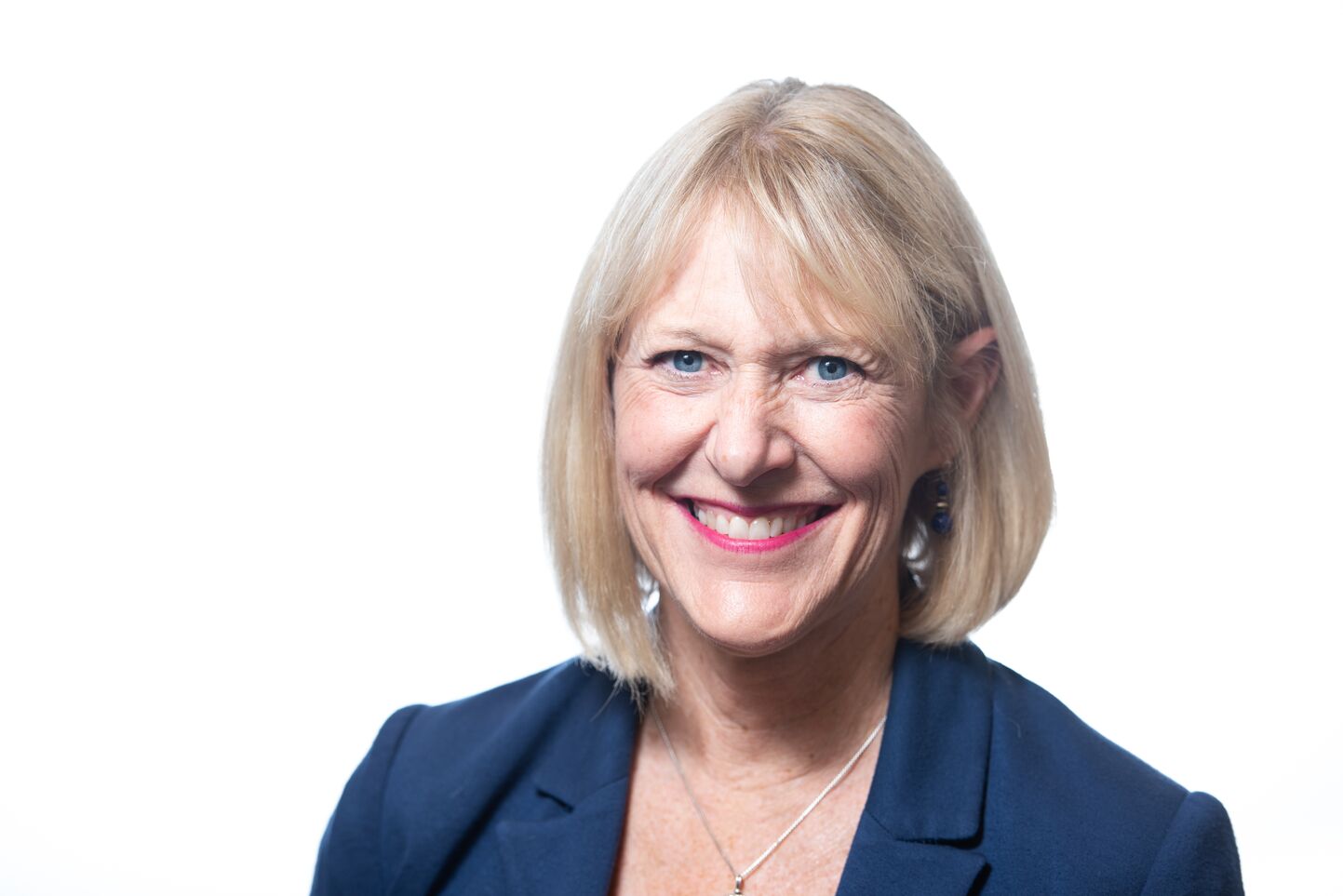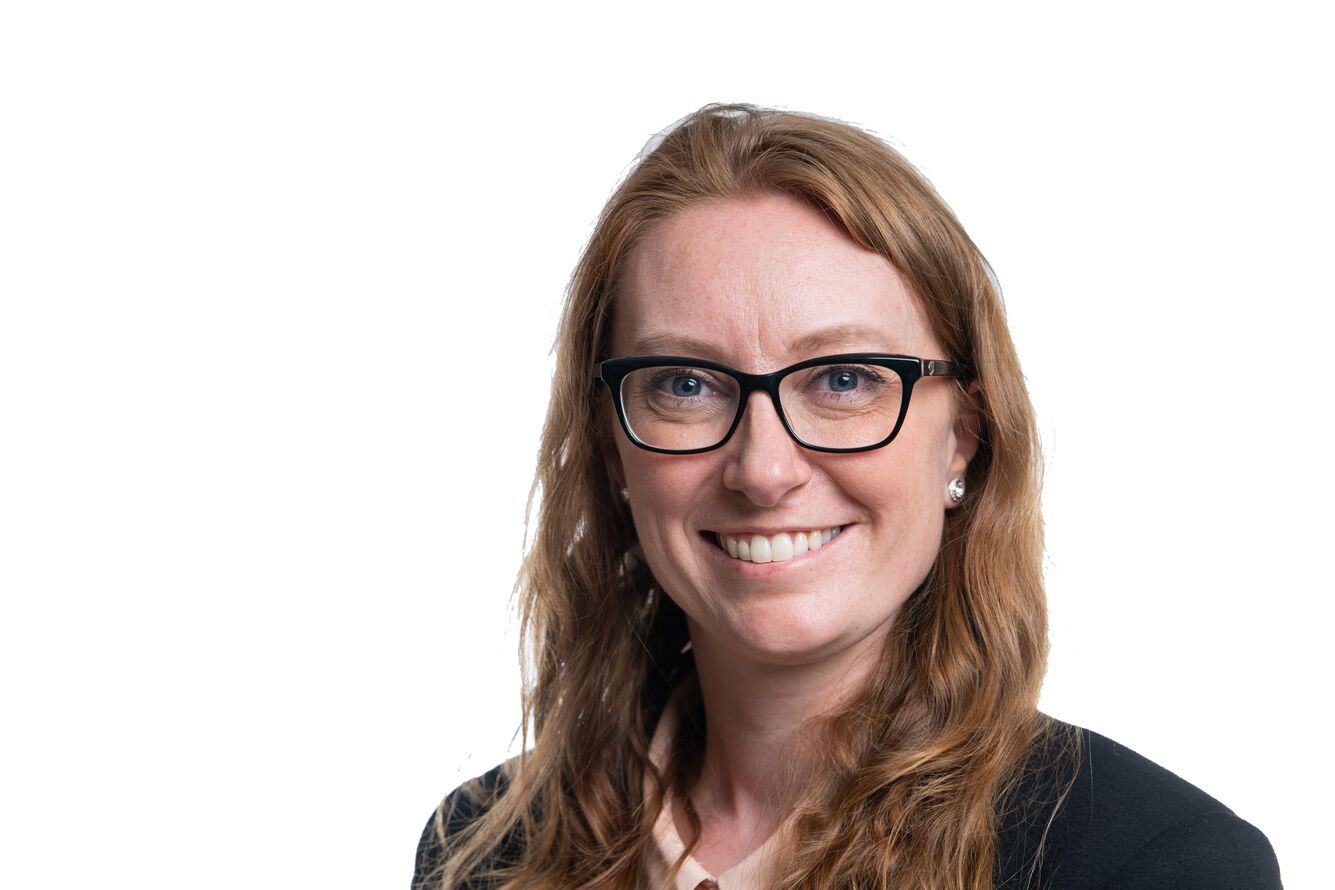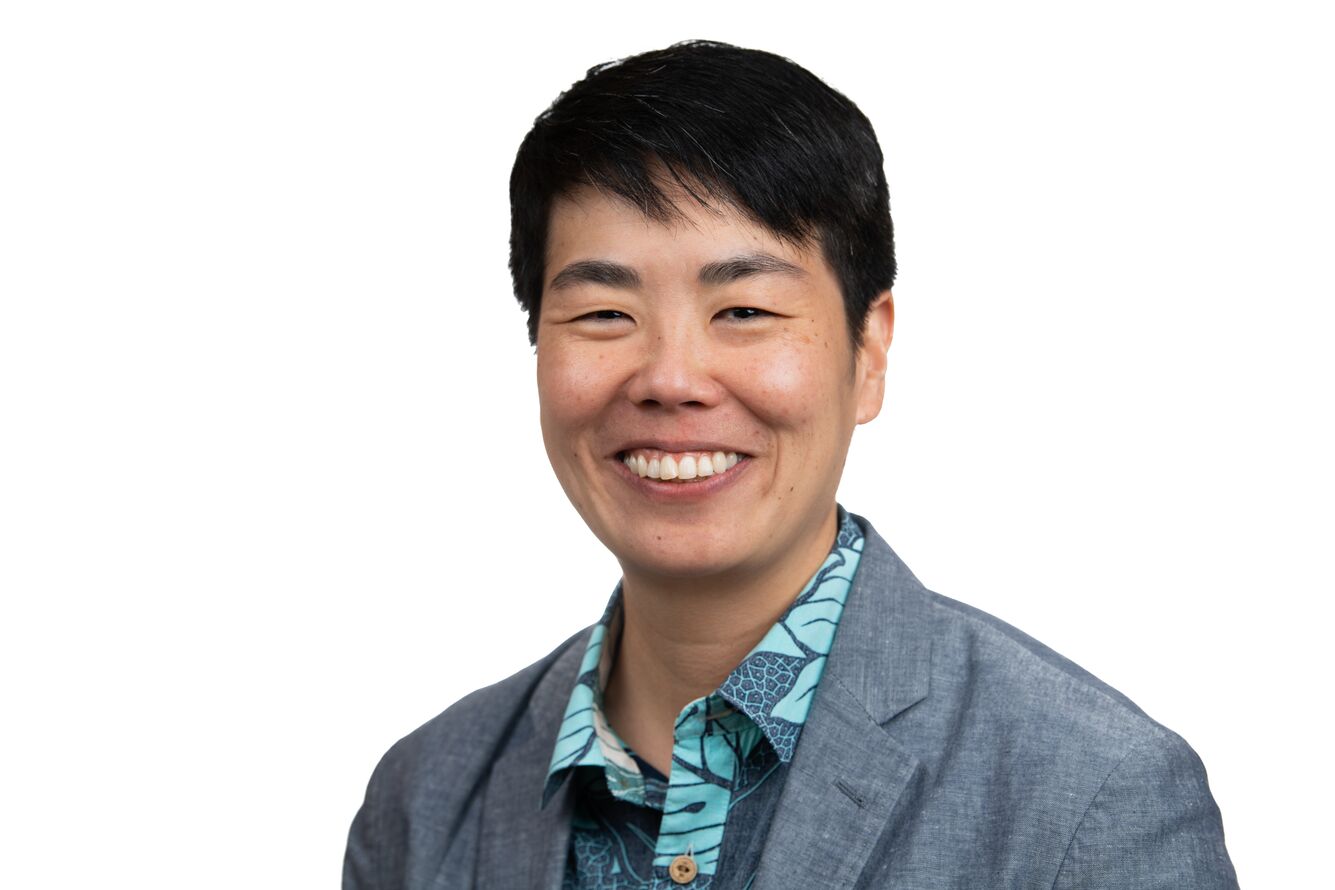PNNL at SXSW 2023
Join PNNL at 2023 SXSW Conference & Festivals March 10–19 to help celebrate the convergence of tech, film, music, education, and culture, and share some of the latest research on topics that matter to people and the planet.

Austin, TX
The 2023 SXSW Conference & Festivals event for global professionals features 10 days of sessions, music and comedy showcases, film screenings, exhibitions, professional development, and networking opportunities. Several experts from PNNL are participating as panelists and moderators on session topics related to the future sustainability and resilience of our energy system, as well as the potential role of bacteria in helping improve human and planetary health.
Sessions Featuring Experts from PNNL
Saturday, March 11Building Energy Infrastructure in the Ocean: Where to BeginTJ Heibel, Program Manager, Renewable Power | Panelist  Ocean-based renewable energy solutions are a critical piece to addressing the climate crisis. While Europe has built this industry over decades, the U.S. is at the very beginning of this enterprise. With land-use constraints and intense demand for electricity on the coasts, renewable energy offshore appears an obvious solution. Aggressive policies for offshore renewable energy development also point to the necessary growth of a full value chain: transmission infrastructure, supply chain, port redevelopment, workforce and labor, new grid strategies, and a coordinated innovation ecosystem. This panel will explore ocean-based renewable energy policy, the co-use of ocean space, transformative technology development, community engagement, and equitable benefits from ocean development. Learn more. >> What TJ says about the session <<"The ocean can be a huge climate asset and offshore wind is the tip of that spear. We acknowledge the challenges but focus on the huge opportunities for us to do this more equitably and collaboratively to make offshore wind the next renewable energy boom in the U.S." |
Could Bacteria Save Our Planet?Janet Jansson, Chief Scientist for Biology and Laboratory Fellow | Panelist  Since the introduction of germ theory in the mid-1800s, we feared, over-sanitized, and operated with a general anti-microbial-everything approach because of what we didn’t know. Now, research reveals the very microbes we have spent 100+ years trying to eradicate (and to which we are indebted for the existence of complex life on Earth), may even hold the key to unlocking the future of life on Earth and beyond. Can bacteria eliminate single-use plastic? Could probiotics restore balance to a threatened species? Will microbes fuel our space expeditions or be used to terraform a new planet? In this discussion, we will explore how microbes could one day solve the biggest challenges facing humanity and what’s needed to steward the future of this field for human and planetary health. Learn more. >> What Janet says about the session <<"The panel will discuss how to harness beneficial properties of Earth’s microorganisms to mitigate some of the big challenges facing our health and environment." |
Designing Renewable Energy Meet UpDanielle Preziuso, Systems Engineer | Session Moderator  The character and scale of energy systems is changing rapidly: consumer products, technologies in our homes, clean energy, and electric grid transformation across landscapes. Intentional design of renewable energy infrastructure can improve community value, integrate multi-functionality, and deliver more aesthetic and cultural benefits. Broader public benefits through innovative design are not only possible, they are essential given enormous public funding in energy infrastructure. This session will inspire leading design talents and minds to investigate current and future energy challenges. It will showcase visual prompts, provide energy-design brief concept challenges, and host a conversation on how energy and design disciplines can cooperate in the future. Learn more. >> What DANIELLE says about the session <<"The infrastructure needed to create a low-carbon energy system will drastically change our physical, societal, and cultural landscapes across the country. By integrating design into energy transition efforts, we see an opportunity for place-based practices to support more meaningful infrastructure deployment." |
Net-Zero Housing: From Concept to RealityCheryn Metzger, Residential Program Manager | Panelist  Climate change is impacting all aspects of our lives, including the homes we live in, even destroying thousands of homes per year from disastrous weather events. These escalating risks have inspired an evolution in the design, development, and affordability of more resilient, sustainable housing solutions. This panel shares thoughts and concepts of what net-zero housing currently exists, along with future solutions that will contribute to more sustainable, healthier places to live. Learn more. >> What Cheryn says about the session <<"This panel shares how builders nationwide can build Net Zero at scale cost effectively using resources the Department of Energy is funding, and through 45L tax credits for Zero Energy Ready Homes." |
Sunday, March 12Energy Storage for Social EquityJennifer Yoshimura, Project Manager | Panelist  Energy storage is seen as a critical technology to achieve a clean energy future. Many state policies require development of energy storage, which can be placed nearly anywhere in the electric system and at nearly any scale. With so much public investment, how can energy storage be deployed for greater social outcomes? A recent program called Energy Storage for Social Equity issued a call to communities to define how storage can support their goals for resilience, affordability, wealth-building, reliability, energy independence, and other objectives. Fourteen communities across the country were selected to develop their concepts for energy storage into a buildable plan. This panel convenes the program administrator and engaged communities to talk about what communities envision as their energy futures and what they need from technologies and public investment to build social value into future infrastructure development. Learn more. >> What Jen says about the session <<"I am excited three communities participating in Energy Storage for Social Equity will share their voices, stories, and goals during this session and, even more so, for the audience to find within it a call to action so that more communities can experience equitable outcomes." |